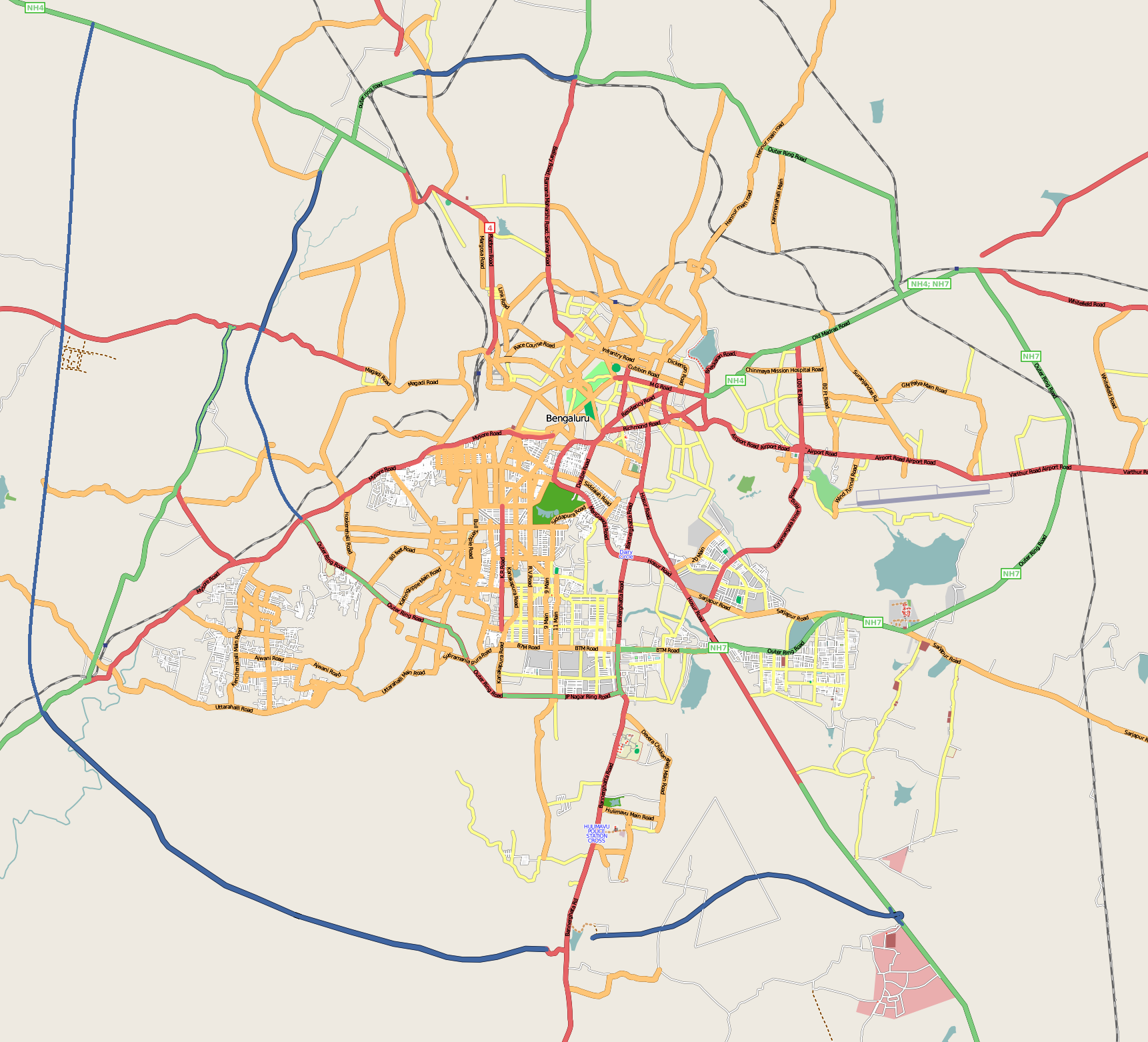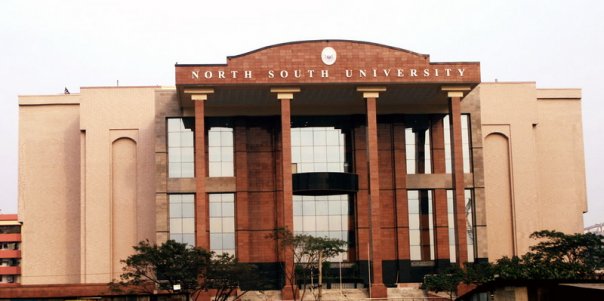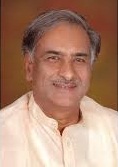|
B.M.S. Institute Of Technology And Management
B.M.S. Institute of Technology (Autonomous) is a private engineering college in Yelahanka, Bangalore, India. It is the sister institute of B.M.S. College of Engineering or Bhusanayana Mukundadas Sreenivasaiah College of Engineering (BMSCE). It was started in 2002 by Bhusanayana Mukundadas Sreenivasaiah Institute of Technology (BMSIT) and is run by the B.M.S. Educational Trust. It is affiliated with Visvesvaraya Technological University and became autonomous in 2020. It is located on Doddaballapura Main Rd, Yelahanka, Avalahalli, Bengaluru, Karnataka-560119; diagonally opposite to the Halli saviruchi (ಹಳ್ಳಿ ಸವಿರುಚಿ). It is partially funded by the Government of Karnataka. Rankings B.M.S. Institute of Technology and Management was ranked in the 101-150 band by the National Institutional Ranking Framework National Institutional Ranking Framework (NIRF) is a ranking methodology released annually by the Ministry of Education, Government of India, ... [...More Info...] [...Related Items...] OR: [Wikipedia] [Google] [Baidu] |
Bangalore, Karnataka
Bengaluru, also known as Bangalore (List of renamed places in India#Karnataka, its official name until 1 November 2014), is the Capital city, capital and largest city of the southern States and union territories of India, Indian state of Karnataka. As per the 2011 Census of India, 2011 census, the city had a population of 8.4 million, making it the List of cities in India by population, third most populous city in India and the most populous in South India. The Bengaluru metropolitan area had a population of around 8.5 million, making it the List of million-plus urban agglomerations in India, fifth most populous urban agglomeration in the country. It is located near the center of the Deccan Plateau, at a height of above sea level. The city is known as India's "Garden City", due to its parks and greenery. Archaeological artifacts indicate that the human settlement in the region happened as early as 4000 Common Era, BCE. The first mention of the name "Bengalooru" is from an ol ... [...More Info...] [...Related Items...] OR: [Wikipedia] [Google] [Baidu] |
AICTE
The All India Council for Technical Education (AICTE) is a statutory body, and a national-level council for technical education, under the Department of Higher Education (India), Department of Higher Education. Established in November 1945 first as an advisory body, which was given statutory status by an Act of Parliament in 1987, the AICTE is responsible for proper planning and coordinated development of the Graduate & Post Graduate Education in Vocational education, technical education and Business education, management education system in India. It is assisted by 10 Statutory Boards of Studies, namely, UG Studies in Eng. & Tech., PG and Research in Eng. and Tech., Management Studies, Vocational Education, Technical Education, Pharmaceutical Education, Architecture, Hotel Management and Catering Technology, Information Technology, Town and Country Planning. The AICTE has its new headquarters building in Delhi on the Nelson Mandela Road, Vasant Kunj, New Delhi, 110 067, which h ... [...More Info...] [...Related Items...] OR: [Wikipedia] [Google] [Baidu] |
National Board Of Accreditation
The National Board of Accreditation (NBA) is one of the two major bodies responsible for accreditation of higher education institutions in India, along with the National Assessment and Accreditation Council (NAAC). NBA accredits technical programmes, such engineering and management programmes, while NAAC accredits general colleges and universities. NBA is a full member of the Washington Accord. History NBA was established by the All India Council for Technical Education (AICTE) in 1994 and operated as an autonomous body since 2010. In 2014 it was granted a full membership status in the Washington Accord. Programs accredited The NBA accredits programmes and not institutes. These include diplomas, undergraduate and postgraduate programs. Accredited fields include engineering & technology, management, pharmacy, architecture, applied arts and crafts, computer applications and hospitality and tourism management. While accreditation is voluntary, in 2017 the AICTE announced that ... [...More Info...] [...Related Items...] OR: [Wikipedia] [Google] [Baidu] |
National Assessment And Accreditation Council
The National Assessment and Accreditation Council (NAAC) is a public autonomous body of the government of India that assesses and accredits higher education institutions (HEIs) in India. It is funded by the University Grants Commission and headquartered in Bengaluru Bengaluru, also known as Bangalore (List of renamed places in India#Karnataka, its official name until 1 November 2014), is the Capital city, capital and largest city of the southern States and union territories of India, Indian state of Kar .... History NAAC was established in 1994 in response to recommendations of National Policy on Education (1986). This policy was to "address the issues of deterioration in quality of education", and the Programme of Action (POA-1992) laid out strategic plans for the policies including the establishment of an independent national accreditation body. Consequently, the NAAC was established in 1994 with its headquarters at Bengaluru. Grading The NAAC assesses institutes on ... [...More Info...] [...Related Items...] OR: [Wikipedia] [Google] [Baidu] |
Autonomous
In developmental psychology and moral, political, and bioethical philosophy, autonomy is the capacity to make an informed, uncoerced decision. Autonomous organizations or institutions are independent or self-governing. Autonomy can also be defined from a human resources perspective, where it denotes a (relatively high) level of discretion granted to an employee in his or her work. In such cases, autonomy is known to generally increase job satisfaction. Self-actualized individuals are thought to operate autonomously of external expectations. In a medical context, respect for a patient's personal autonomy is considered one of many fundamental ethical principles in medicine. Sociology In the sociology of knowledge, a controversy over the boundaries of autonomy inhibited analysis of any concept beyond relative autonomy, until a typology of autonomy was created and developed within science and technology studies. According to it, the institution of science's existing autonomy is " ... [...More Info...] [...Related Items...] OR: [Wikipedia] [Google] [Baidu] |
Private University
Private universities and private colleges are higher education institutions not operated, owned, or institutionally funded by governments. However, they often receive tax breaks, public student loans, and government grants. Depending on the country, private universities may be subject to government regulations. Private universities may be contrasted with public universities and national universities which are either operated, owned or institutionally funded by governments. Additionally, many private universities operate as nonprofit organizations. Across the world, different countries have different regulations regarding accreditation for private universities and as such, private universities are more common in some countries than in others. Some countries do not have any private universities at all. Africa Egypt Egypt currently has 21 public universities with about two million students and 23 private universities with 60,000 students. Egypt has many private universities in ... [...More Info...] [...Related Items...] OR: [Wikipedia] [Google] [Baidu] |
Engineering Education In India
India has the largest numbers of engineers as well as the largest number of engineering education institutes and infrastructure in the world. As of 2021, India produces approximately one million engineering graduates. annually, according to AICTE data. India's technical education infrastructure includes 3500 engineering colleges, 3400 polytechnics and 200 schools of planning and architecture. Of the hundreds of thousands of engineering graduates produced every year, less than 5% of the engineers are produced by the pan-India national level autonomous institutes created by the acts of parliament, such as the Indian Institutes of Technology (IITs), National Institutes of Technology (NITs) and Indian Institutes of Information Technology (IIITs) , a little over 5% are produced by state level autonomous institutes and unitary universities approved by UGC. The remaining over 90% of the engineering graduates are produced by the private and non-autonomous state level engineering educ ... [...More Info...] [...Related Items...] OR: [Wikipedia] [Google] [Baidu] |
Yelahanka, Bangalore
Yelahanka is a premium locality in North Bangalore and also a Taluk of Bangalore Urban district in the Indian state of Karnataka. One of the zones of BBMP. It is the oldest part of present Municipal Bengaluru (Bangalore) city and the northern end of the city. It is Nadaprabhu Kempegowda I, of the Yelahanka Prabhu clans, who laid the foundation of present-day Bengaluru through the creation of a "mud fort town" in 1537 CE. History Yelahanka had been in existence prior to the 12th century. The region was called 'Ilaipakka Naadu' in Tamil during the rule of Cholas. A stone tablet of 1267 A.D found in Doddaballapur mentions Dechi Devarasa, ruling the region with Yelahanka as his capital under the aegis of Hoysala monarch 'Narasimha (Third)'. The founder of Bangalore KempeGowda I, was born in Yelahanka. He was the Chieftain and feudatory of the area during the reign of King Krishna Deva Raya of Vijayanagara. Yelahanka has a history of more than 500 years. Chieftain Kempegowda who ... [...More Info...] [...Related Items...] OR: [Wikipedia] [Google] [Baidu] |
College Of Engineering
Engineering education is the activity of teaching knowledge and principles to the professional practice of engineering. It includes an initial education ( Dip.Eng.)and (B.Eng.) or ( M.Eng.), and any advanced education and specializations that follow. Engineering education is typically accompanied by additional postgraduate examinations and supervised training as the requirements for a professional engineering license. The length of education, and training to qualify as a basic professional engineer, is typically five years, with 15–20 years for an engineer who takes responsibility for major projects. Science, technology, engineering, and mathematics (STEM) education in primary and secondary schools often serves as the foundation for engineering education at the university level. In the United States, engineering education is a part of the STEM initiative in public schools. Service-learning in engineering education is gaining popularity within the variety of disciplinary f ... [...More Info...] [...Related Items...] OR: [Wikipedia] [Google] [Baidu] |
Visvesvaraya Technological University
Visvesvaraya Technological University (VTU), is a collegiate public state university in Belagavi, Karnataka established by the Government of Karnataka. It is one of the largest Technological Universities in India with 26 years of Tradition of excellence in Engineering & Technical Education, Research and Innovations. It came into existence in the year 1998 to cater the needs of Indian industries for trained technical manpower with practical experience and sound theoretical knowledge. The university is named after Sir M. Visvesvaraya, an Indian civil engineer, statesman and the 19th Diwan of Mysore. History Visvesvaraya Technological University (VTU) was established by the Government of Karnataka on 1 April 1998 with its headquarters at Belagavi, as per the provisions of the Visvesvaraya Technological University Act, 1994, an Act to establish and incorporate a university in the State of Karnataka for the development of engineering, technology and allied sciences. For effec ... [...More Info...] [...Related Items...] OR: [Wikipedia] [Google] [Baidu] |
Government Of Karnataka
The Government of Karnataka, abbreviated as GoK or GoKA, formerly known as Government of Mysore (1956–1974), is a democratically elected state body with the governor as the ceremonial head to govern the Southwest Indian state of Karnataka. The governor who is appointed for five years appoints the chief minister and on the advice of the chief minister appoints their council of ministers. Even though the governor remains the ceremonial head of the state, the day-to-day running of the government is taken care of by the chief minister and their council of ministers in whom a great amount of legislative powers are vested. Head Leaders Council of Ministers District In-charge Ministers By Departments Administrative divisions Karnataka State has been divided into 4 revenue divisions, 31 districts, 49 subdivisions, 237 taluks, 747 hoblies/ revenue circles and 6,022 villages for land revenue administrative purposes. The state has 281 towns and 7 municipal corporati ... [...More Info...] [...Related Items...] OR: [Wikipedia] [Google] [Baidu] |
National Institutional Ranking Framework
National Institutional Ranking Framework (NIRF) is a ranking methodology released annually by the Ministry of Education, Government of India, to rank institutions of higher education in India. The framework was approved by the former Ministry of Human Resource Development (now the Ministry of Education) and launched by the Minister on 29 September 2015. Depending on their areas of operation, institutions have been ranked under 11 different categories – overall, university, colleges, engineering, management, pharmacy, law, medical, architecture, dental and research. The Framework uses several parameters for ranking purposes like resources, research, and stakeholder perception. These parameters have been grouped into five clusters and these clusters were assigned certain weights. These weights depend on the type of institution. About 3500 institutions voluntarily participated in the first round of rankings. Background The 2017 rankings were released by MHRD on 3 April 20 ... [...More Info...] [...Related Items...] OR: [Wikipedia] [Google] [Baidu] |






